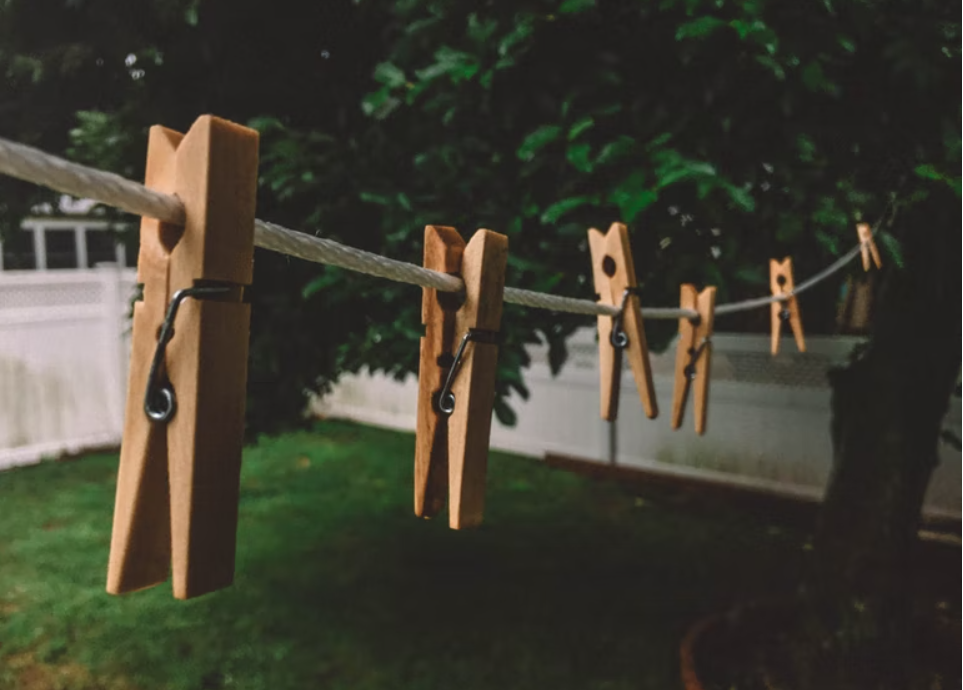How To Manage A Large Family! Coping with a small family is hard enough. However, managing a large family feels more akin to a startup business. Except there’s a caveat: you’re not allowed to fail.
The trick here is to learn how to strategize. If you have three, four, five, or, heaven forbid, six or more kids, you can’t run your home like an ordinary parent.
How To Manage A Large Family
You need to take a fundamentally different approach. Here are some helpful tips on how to manage a large family:
Buy Yourself Some Useful Storage
Regular household storage is okay if you have one or two kids. However, when you have five or six, it’s not as practical. There simply isn’t enough of it to go around, and you wind up with a messy home.
Heavy-duty storage is the way forward. With this, you can avoid clutter building up, getting in the way of work surfaces, and exceeding your capacity to process it. If something needs dealing with, you just put it in storage and then move on.
Set A Cleaning Timer
Here’s another approach many big families use: they set a cleaning timer so that cleaning doesn’t just turn into a constant daily task. Before they start the clock, they get all members of the family in a room.
Then they start the timer and everyone frantically starts cleaning up, trying to make the house look perfect before the timer is up. After the bell dings, everyone immediately goes back to their regular activities.
This strategy works because it prevents cleaning tasks from filling the available time. If you know you only have fifteen minutes to make a dent in the clutter, you’ll work strategically to sort everything out.
Invest In A Slow Cooker & Air Fryer
Unless parents stay at home, most large families don’t have time to cook in the evenings. Therefore, it’s a good idea to start your evening meal in the morning.
You can go through the hassle of preparing everything and putting it in the refrigerator for later. However, if kids are rushing off to school and you need to get ready for work, you usually don’t have time.
Therefore, it’s a good idea to invest in a slow cooker. All you need to do is chop some meat and vegetables and put it in the oven. Then leave it on all day so that it’s tender when you get home.
You don’t have to limit yourself to stews, either. Many people prepare meat in the slow cooker and then grab some tacos or pre-cooked rice out of the pantry when they get home.
Schedule “Buddy Time”
With so many kids to look after, it can be easy to neglect their individual needs. Parents are so busy managing the home that children get ignored.
That’s why parents of large families schedule regular buddy time. The idea here is simple: each parent spends at least a couple of hours every week with all their children doing something fun, one-on-one. That could mean teaching them to ride a bike, going hiking, or taking them out for dessert.
Schedule Some Time For Everyone
Households that host big families tend to be noisy 24/7. The combination of the sheer number of people, coupled with the fact that most of them are children, produces an incessant din.
And while this can be fun most of the time, it’s important to keep the noise down in the evenings, particularly before bed. Having quiet time helps to calm children, helping them fall asleep faster, and for longer. It’s also good for busy parents, too, providing a chance for them to come home and unwind.
Buy Everything For Two
No matter what item you’re purchasing for your home, always buy enough for at least two (if not more). This applies to big-ticket items as well as regular sundries.
For instance, this baby stroller buying guide recommends that parents of multiple children invest in a double stroller. These are future-proof and great for parents who regularly produce children every 18 months or so.
The same applies to beds. Buying two separate beds is expensive, but giving your kids bunks to sleep on is a lot cheaper.
Don’t Buy Whites
Have you noticed that doing the laundry is easy, except when it comes to whites? Instead of just throwing everything in the washing machine, you have to separate it all out, and that takes extra time and energy.
The trick here is to avoid buying whites in the first place. Or, if your kids have to wear whites, use them often so that they become the main part of your load. Washing the odd white item here is inconvenient and piecemeal. It’s not a good use of your time.
Teach Children To Be Self-Sufficient Around The House
When there are large numbers of children in the household. It is virtually impossible to clean up after them all. They have to pull their weight from time to time.
Parents can facilitate this by rearranging their homes so that they meet their children’s needs. For instance, putting plates in low cabinets makes it easier for kids to unload the dishwasher. You can also arrange laundry on a low level so that kids can easily fold clothes away once you iron them.
Start Labelling Clothes
Remembering which clothes belong to each child isn’t impossible, but it is challenging. If you have six or more kids, there could be hundreds of individual clothing items in your home.
However, parents of large families have developed an ingenious solution: label all the clothes. Some families use a dot system, associating a particular color with a specific child.
Dotting the product care label with a felt-tip, indelible marker pen. Others stitch their names into items as they buy them, though this is a little more time-consuming.
You can also develop systems that make it easy to hand clothes down from older to younger children. For instance, marking the age range tells you whose closet you should put the clothes in as the years go by.
Create A Menu Plan
Feeding lots of children daily is challenging. Not only do you have to be a whizz in the kitchen, but you also need to know what you have in the pantry to cook. Just improvising can lead to problems, poor planning, and disappointed kids.
To avoid this, create a menu plan. Make sure that you know exactly what kids are eating each day of the week. Refine your menu until you have something that everyone will enjoy (and will keep them healthy at the same time).
Allow Other People To Help
When it comes to managing a large family, it is okay to ask other people for help. For instance, if you have siblings or parents who can look after the kids for a while, that frees you up to do other things. Having an extra pair of hands around the house to support makes a big difference.
Establish Routines
When it comes to managing a large family, routines are absolutely essential. Making sure that people follow a set schedule reduces wasted time and makes the entire family setup more efficient.
Start by creating a timetable for kids’ clubs. Find out who is going where, and on what night. Then look for opportunities to combine clubs together so that you don’t have to make as many trips.
Next, make sure that each day follows the same pattern, particularly during the week. You want to ingrain routines into your children so that there are fewer surprises to disrupt family life.

